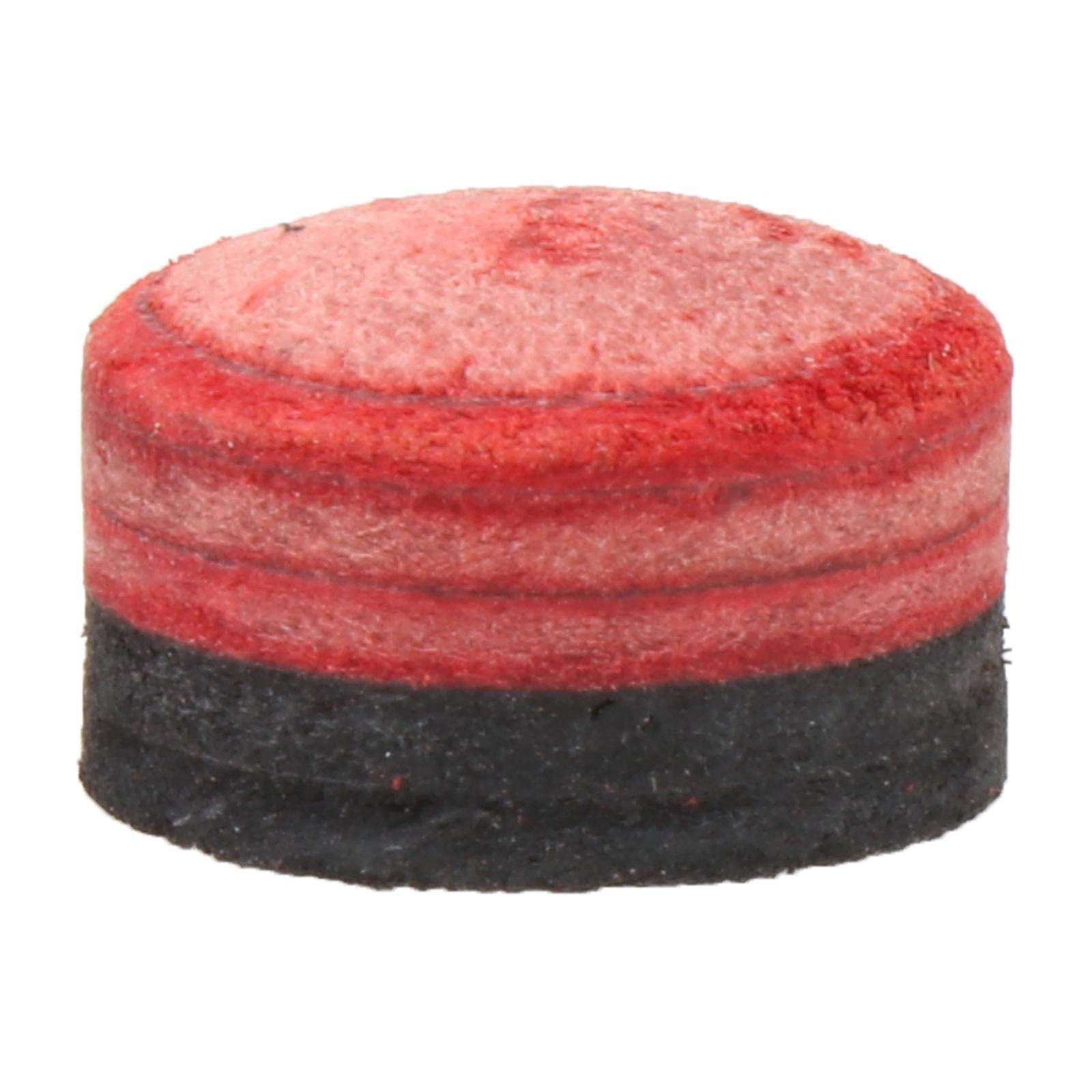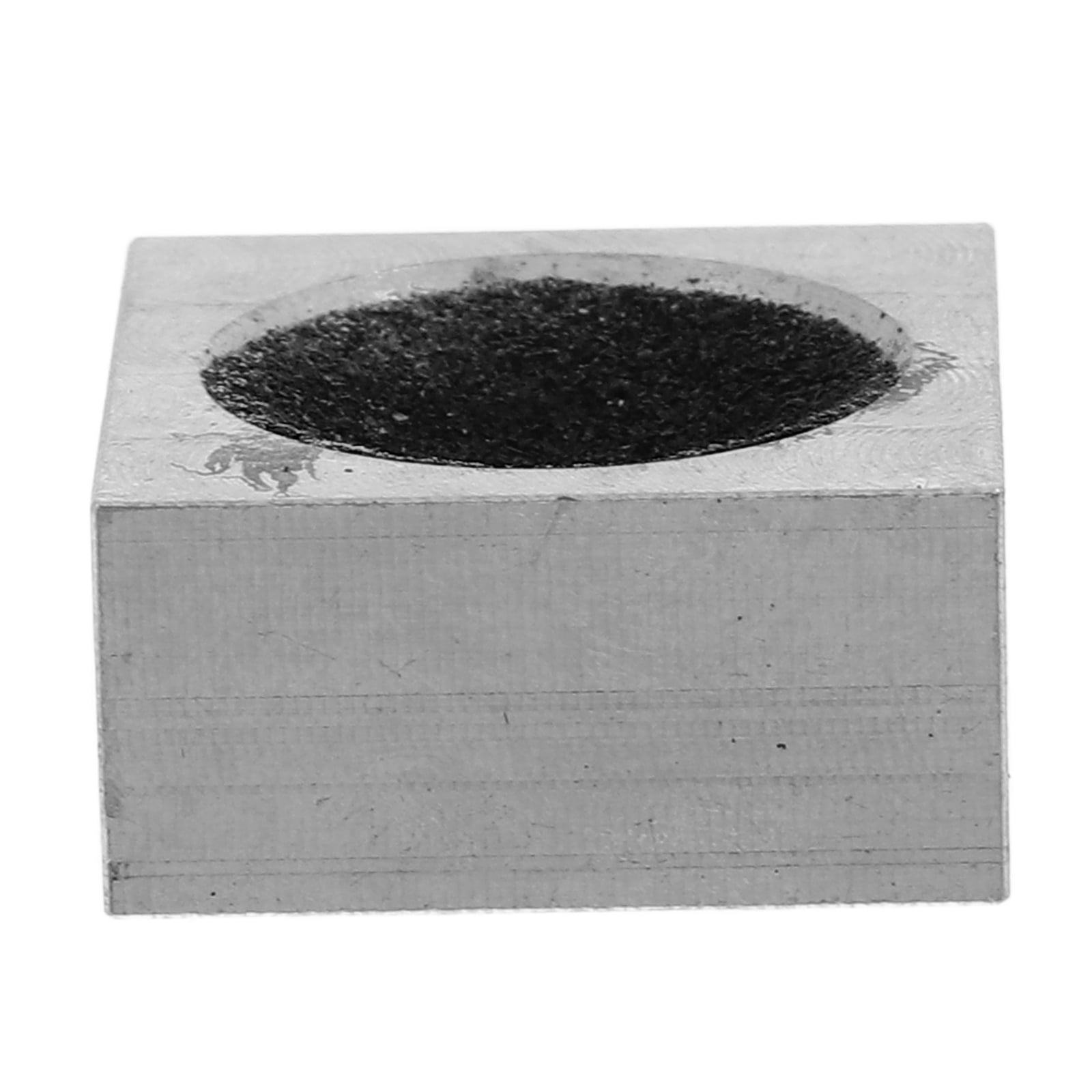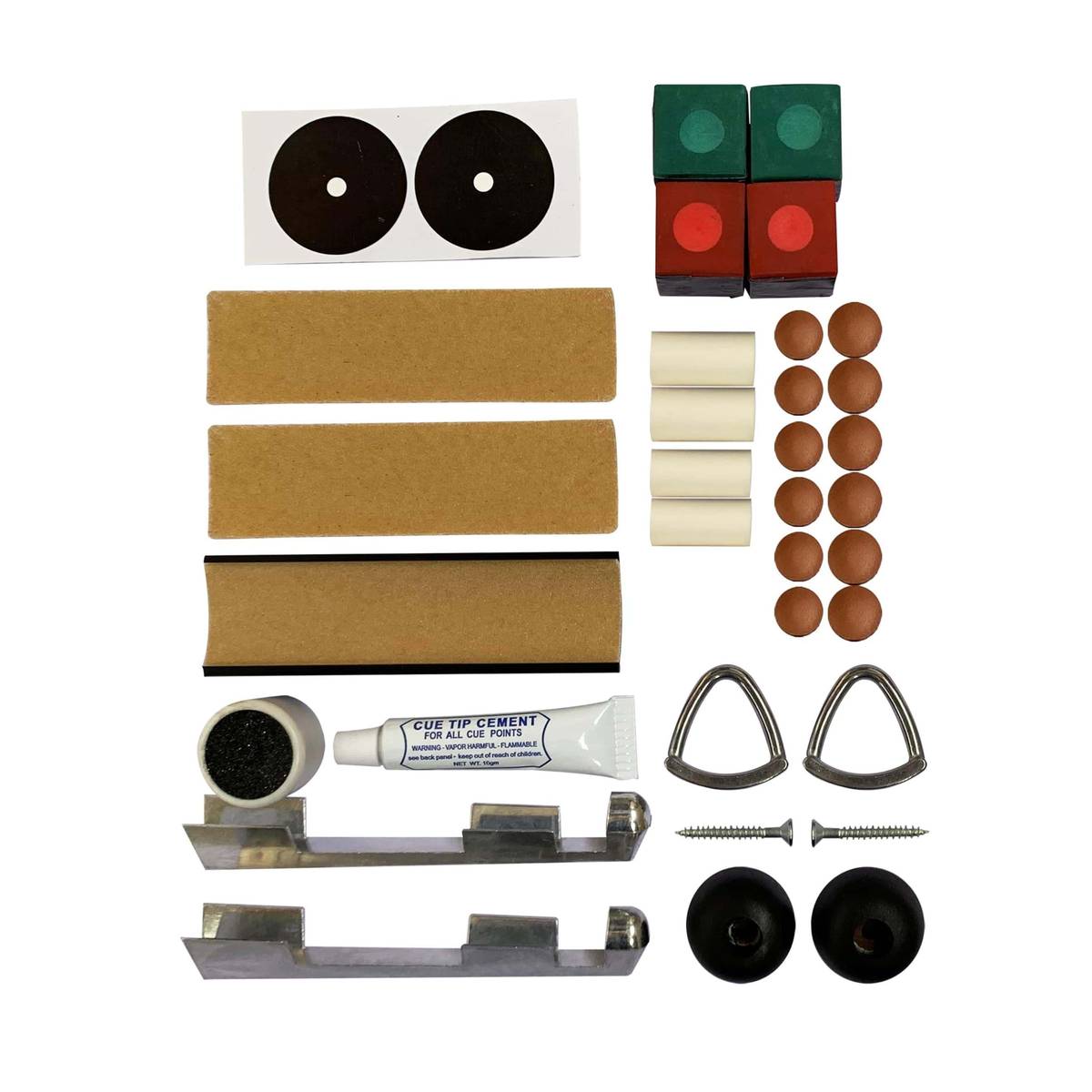Pool Cue Tip Replacement: A Beginner's Guide To Mastering Your Game
Alright folks, let's talk about something that every pool player, whether you're a casual enthusiast or a seasoned pro, eventually has to deal with: pool cue tip replacement. You know that moment when your shots just don't feel right? When the cue ball seems to slip or spin unpredictably? Yeah, it's probably time to swap out that old tip. But don’t worry, we’ve got you covered. In this guide, we’ll walk you through everything you need to know about replacing your cue tip, step by step, so you can get back to sinking those balls like a champ.
Replacing your cue tip might sound intimidating, but trust me, it's not rocket science. With the right tools and a bit of patience, you can do it yourself in no time. Plus, doing it yourself saves you money and gives you a sense of accomplishment. Who doesn’t love that? We’ll cover everything from choosing the right tip to the actual replacement process, so by the end of this article, you’ll be a pro at maintaining your cue.
And hey, if you're wondering why this matters so much, let me break it down for you. A good cue tip is the foundation of a solid shot. It affects how much spin you can put on the ball, how consistent your shots are, and ultimately, how well you play. So, let’s dive in and learn how to keep your cue in tip-top shape!
- Unveiling The Mystery Behind The Camilla Araujo Onlyfans Leak
- Kyla Dodds Onlyfans Leaks Amp Social Media The Untold Story
Table of Contents
- Why Replace Your Pool Cue Tip?
- Choosing the Right Pool Cue Tip
- Tools You'll Need for Replacement
- The Step-by-Step Replacement Process
- Common Mistakes to Avoid
- Maintenance Tips for Your Cue Tip
- FAQ Section
- Top Brands for Pool Cue Tips
- Cost Considerations
- Conclusion
Why Replace Your Pool Cue Tip?
So, let's get real for a sec. Why should you even bother replacing your cue tip? Well, here's the deal: over time, your cue tip wears down. Every shot you take grinds away at it, and eventually, it becomes flat, cracked, or just plain worn out. And when that happens, your game suffers. You might notice that your shots lack precision, or you can’t seem to get the spin you want on the cue ball. That's because the tip is what controls how the cue ball reacts when you strike it.
Think of it like driving a car with bald tires. Sure, you can still drive, but it’s not going to handle well, especially in tricky situations. Similarly, a worn-out cue tip can make even the simplest shots feel impossible. Replacing your tip regularly ensures that you maintain control and consistency in your game, which is crucial if you want to improve or just enjoy playing more.
- Sophie Rain Of Leaked Unveiling The Truth Behind The Controversy
- Aditi Mistry Nipple Slip Controversy The Full Story Reactions And What You Need To Know
Plus, let’s be honest, who wants to look like a rookie at the pool hall because their cue tip is falling apart? Not me, and I’m guessing not you either. So, it’s not just about performance; it’s also about keeping up appearances. And hey, if you’re serious about your game, maintaining your equipment is part of the deal.
Choosing the Right Pool Cue Tip
Picking the right cue tip can feel overwhelming, especially if you're new to the game. There are so many options out there, each with its own pros and cons. But don’t sweat it; we’re here to break it down for you. The type of tip you choose will depend on your playing style, how often you play, and what kind of shots you like to make.
Types of Pool Cue Tips
First things first, let’s talk about the different types of tips available. The most common ones you’ll come across are leather, nylon, and phenolic tips. Leather tips are the classic choice for most players because they offer a good balance of control and spin. Nylon tips are a bit harder and are great for players who prefer a more precise, less spin-heavy game. Phenolic tips are the hardest of the bunch and are often used by players who need maximum power and minimal spin.
Now, within these categories, you’ll also find variations in hardness and shape. Harder tips tend to produce less spin but more power, while softer tips allow for more spin but less power. It’s all about finding the right balance for your playing style.
Tools You'll Need for Replacement
Alright, let’s talk tools. Replacing a cue tip doesn’t require a lot of fancy equipment, but there are a few essentials you’ll need to make the job easier. First up, you’ll need a good set of sandpaper. This is crucial for smoothing out the tip after you’ve glued it on. You’ll also need a decent-quality glue that’s specifically designed for cue tips. Don’t skimp on this part; cheap glue can lead to the tip falling off mid-game, and no one wants that.
Some folks like to use a tip tool, which is a small device that helps you shape and align the tip perfectly. It’s not strictly necessary, but it can definitely make the process smoother. Lastly, you’ll need a replacement tip, obviously. Make sure you get one that fits your cue shaft properly. Most cues use a standard size, but it’s always good to double-check.
The Step-by-Step Replacement Process
Ready to dive into the actual replacement process? Great! Here’s how you do it:
Step-by-Step Guide
- Remove the Old Tip: Start by carefully removing the old tip. You can do this with a small knife or scraper, but be gentle so you don’t damage the ferrule.
- Prepare the Surface: Once the old tip is off, clean the surface of the ferrule to ensure a strong bond. Sand it lightly if necessary.
- Apply Glue: Apply a small amount of glue to the ferrule. Don’t overdo it; you just need enough to hold the tip in place.
- Attach the New Tip: Press the new tip firmly onto the ferrule, making sure it’s centered and aligned properly.
- Let It Set: Allow the glue to dry completely. This usually takes a few hours, so be patient.
- Sand the Tip: Once the glue is dry, use sandpaper to smooth out the tip and shape it to your liking.
And there you have it! Your cue is now ready for action. Easy, right?
Common Mistakes to Avoid
Now, before you rush off to replace your tip, let’s talk about some common mistakes people make during the process. One of the biggest ones is using too much glue. This can cause the glue to seep out and harden around the tip, making it difficult to sand and shape properly. Another common mistake is not aligning the tip correctly. If the tip is off-center, it can affect your shots and lead to inconsistent performance.
Also, don’t skip the sanding step. A smooth, well-shaped tip is crucial for good control and spin. And finally, make sure you’re using the right type of glue. Regular craft glue just won’t cut it; you need something specifically designed for cue tips to ensure a strong bond.
Maintenance Tips for Your Cue Tip
Replacing your cue tip is just one part of maintaining your cue. To keep it in top condition, you’ll want to follow a few simple maintenance tips. First, always store your cue properly. Lean it against a wall or use a cue rack to keep it safe from damage. Avoid leaving it in extreme temperatures, as this can warp the wood or damage the tip.
Regularly check your tip for wear and tear. If you notice it’s starting to flatten or crack, it might be time for a replacement. And don’t forget to clean your cue regularly. Use a soft cloth to wipe down the shaft and ferrule, and consider using a cue cleaner to remove any buildup.
FAQ Section
Got questions? We’ve got answers. Here are some frequently asked questions about pool cue tip replacement:
- How often should I replace my cue tip? It depends on how often you play, but a good rule of thumb is every 20-30 hours of play.
- Can I replace the tip myself? Absolutely! With the right tools and a bit of patience, you can definitely do it yourself.
- What happens if I don’t replace my tip? Your shots will become less accurate, and you’ll lose control over spin and power.
Top Brands for Pool Cue Tips
When it comes to cue tips, there are a few brands that stand out from the crowd. Some of the top names include Kamui, Triangle, and LePro. Each of these brands offers a range of tips to suit different playing styles and preferences. Kamui tips are known for their exceptional spin control, while Triangle tips are praised for their durability. LePro tips strike a nice balance between the two, offering both good spin and longevity.
Cost Considerations
Replacing a cue tip doesn’t have to break the bank. Most tips range from $5 to $20, depending on the brand and quality. Factor in the cost of glue and any tools you might need, and you’re still looking at a pretty affordable maintenance cost. Plus, when you consider the improvement in your game, it’s definitely worth the investment.
Conclusion
Well, there you have it, folks. Everything you need to know about pool cue tip replacement. Whether you’re a casual player or a serious competitor, maintaining your cue is key to improving your game. By choosing the right tip, using the proper tools, and following the steps we’ve outlined, you can keep your cue in top condition and your game on point.
So, what are you waiting for? Grab your tools, pick out a new tip, and get to work. And don’t forget to share your experiences in the comments below. We’d love to hear how your replacement went and any tips or tricks you’ve picked up along the way. Happy shooting, and may your next game be your best one yet!
- Unveiling The Scandal The Camilla Araujo Sex Tape
- Julia Filippo Onlyfans Leak The Truth Behind The Controversy

Billiard Pool Cue Tip, Snooker Pool Cue Tip Replacement, Portable Break

Aluminum Pool Cue Tip Shaper Cue Tip Shaper Cue Stick Tool Square Pool

2023'S Top 5 Pool Cue Tip Replacement Kits Buyers Guide Helpful